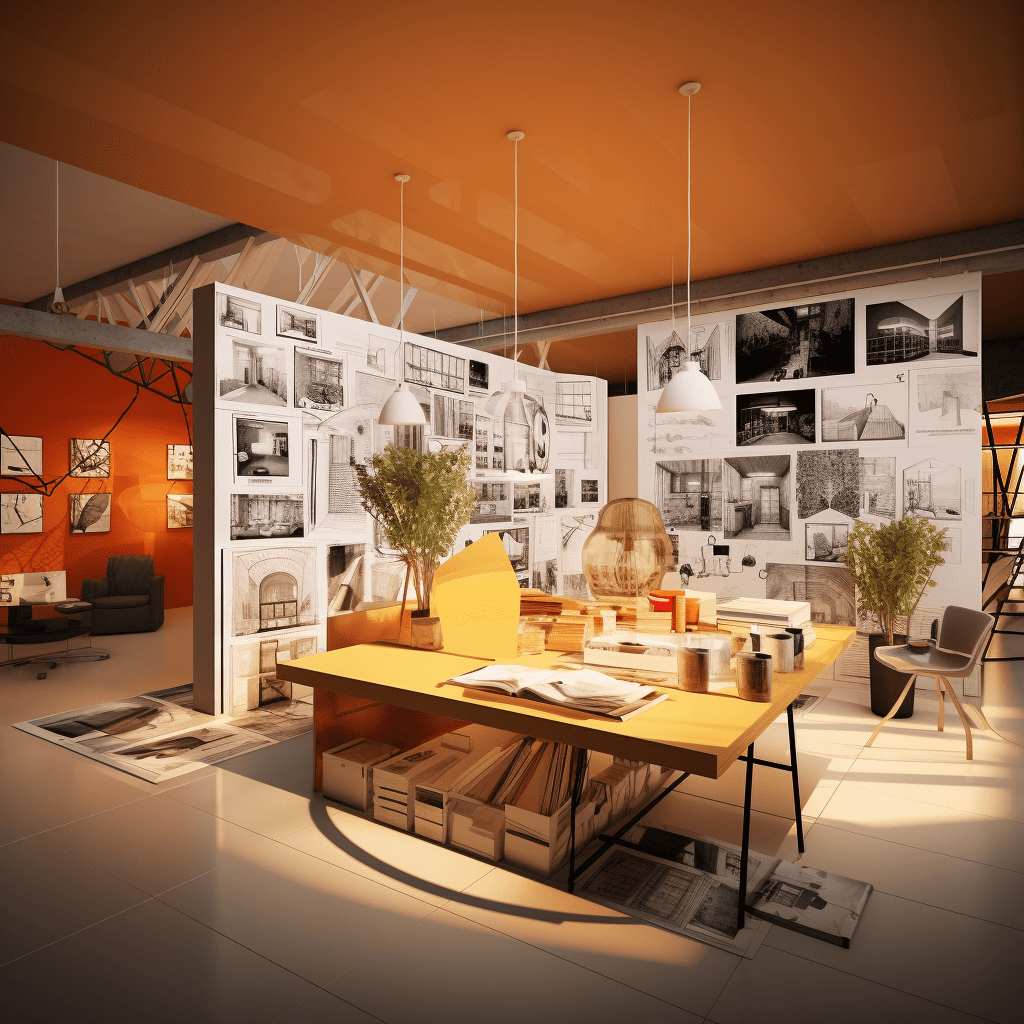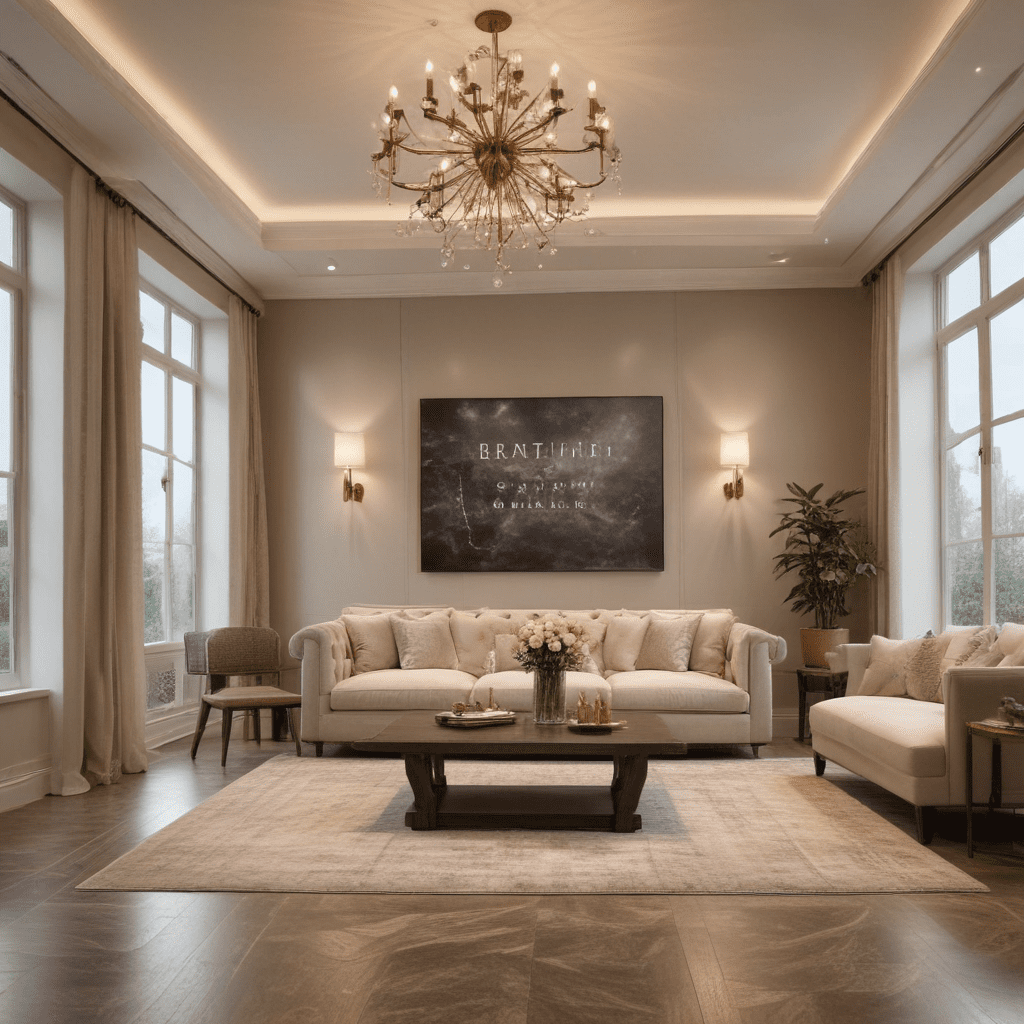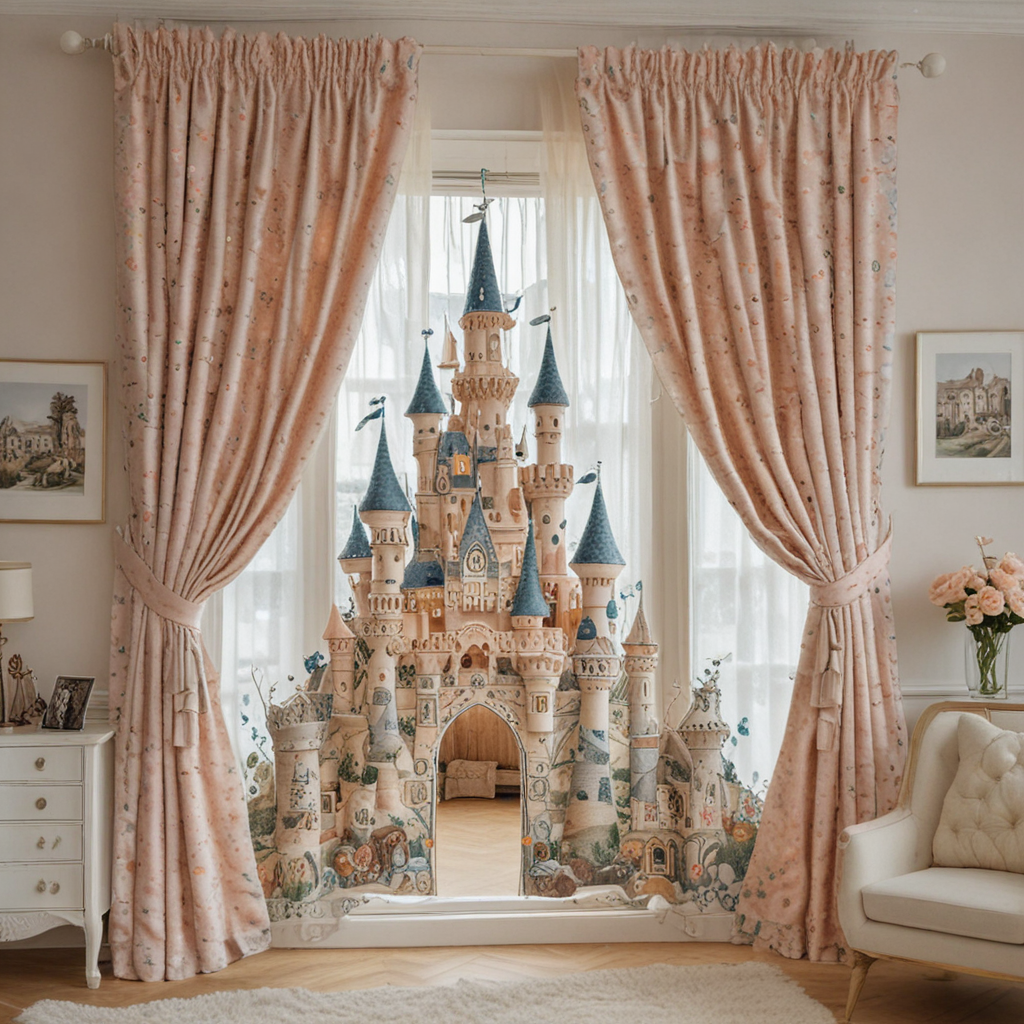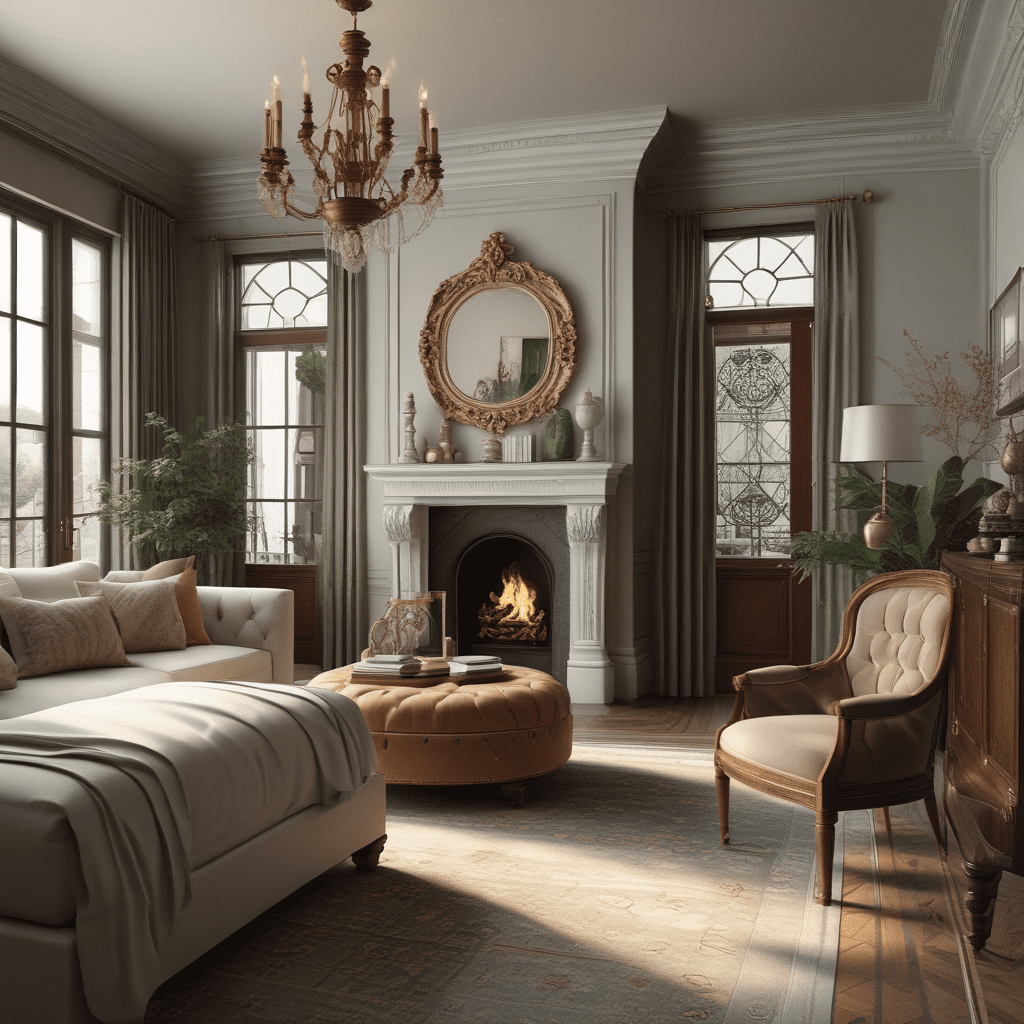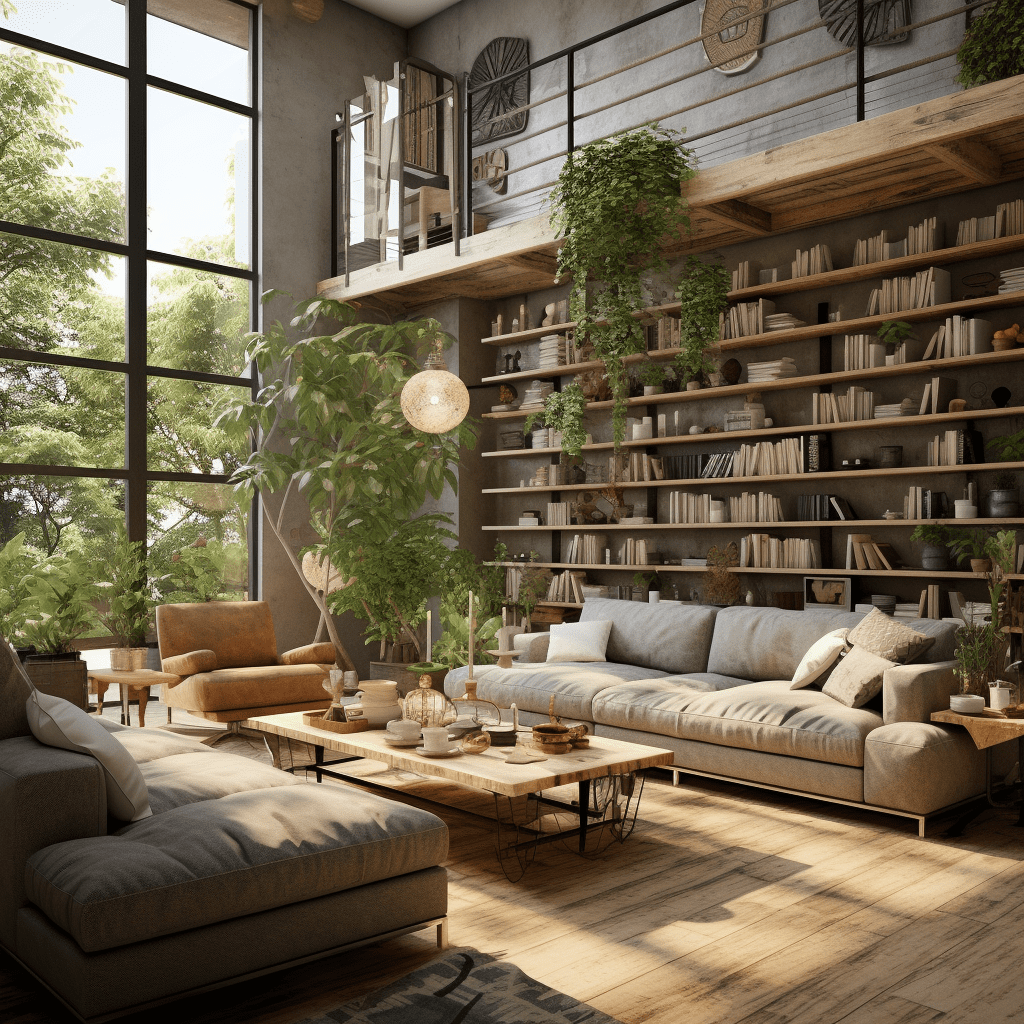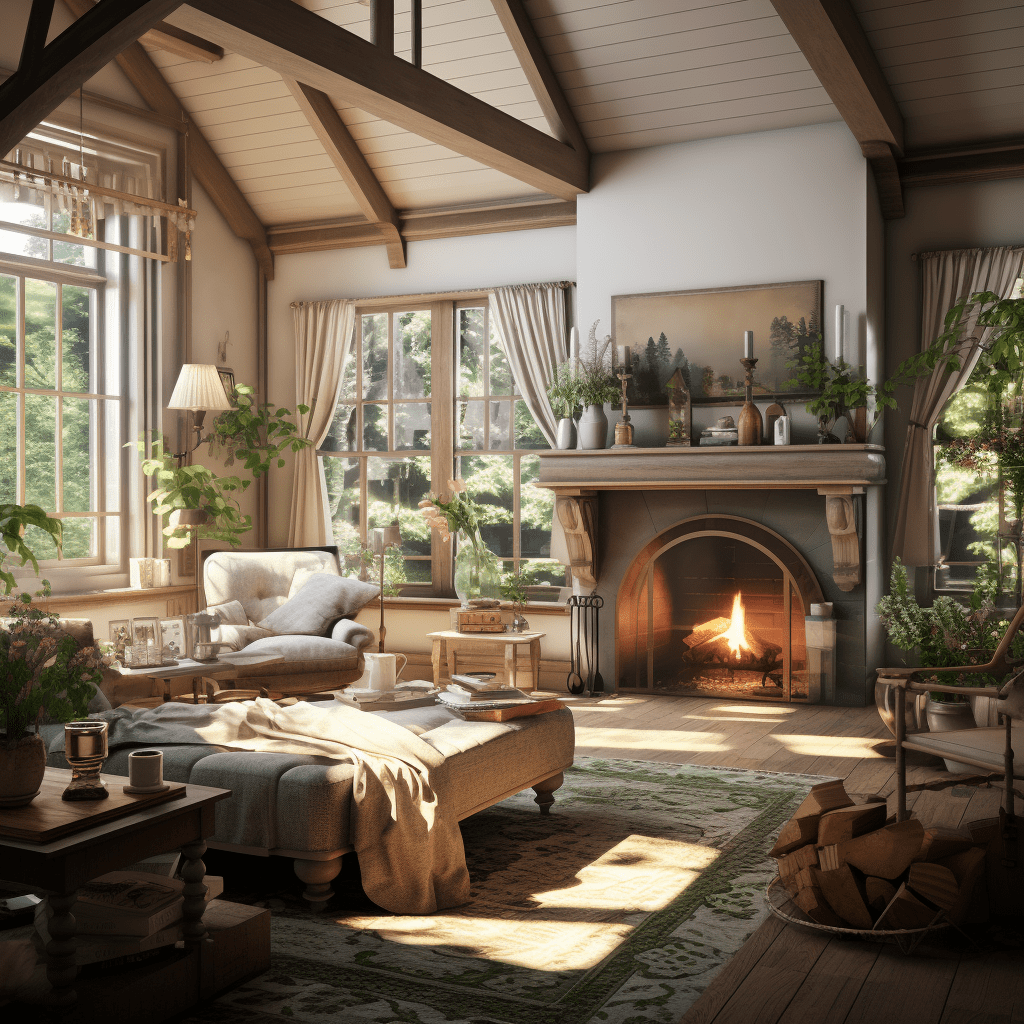Creative Interior Plants for Design Lovers
Interior Design Plants: Enhancing Your Space with Greenery
In recent years, the use of plants as a means to enhance interior design has become increasingly popular. Not only do indoor plants add a touch of natural beauty to a space, but they also offer a range of benefits for our well-being. From improving air quality to reducing stress levels, interior design plants have the power to transform both our physical and mental environment. In this article, we will explore the different ways in which plants can be incorporated into interior design and provide some tips on how to choose the right plants for your space.
1. Why Choose Interior Design Plants?
The use of plants in interior design has a multitude of benefits. Not only do they add color, texture, and life to a space, but plants also offer several advantages for our overall well-being.
- Improved Air Quality: Plants produce oxygen through the process of photosynthesis, which can help purify the air by removing toxins. This can lead to better indoor air quality and a more pleasant living environment.
Stress Reduction: Studies have shown that being around plants can help reduce stress levels and promote a sense of calmness and relaxation. The natural elements provided by plants can create a soothing ambiance, making our living spaces feel more inviting and peaceful.
Increased Productivity: Incorporating plants into workspaces has been shown to enhance productivity and creativity. The presence of greenery can help improve focus, concentration, and overall job satisfaction.
2. Types of Interior Design Plants
When it comes to choosing plants for interior design, it’s important to consider factors such as lighting conditions, space availability, and maintenance requirements. Here are a few popular types of interior design plants:
- Snake Plant (Sansevieria): Known for its air-filtering properties, the snake plant is an excellent choice for spaces with low light. It requires minimal care and can thrive in various conditions.
Devil’s Ivy (Epipremnum aureum): Also known as Pothos, Devil’s Ivy is a versatile plant that can tolerate different lighting levels. It features cascading vines and is an excellent choice for hanging baskets or trailing along shelves.
Fiddle Leaf Fig (Ficus lyrata): With its large, glossy leaves, the fiddle leaf fig adds a touch of elegance to any interior space. It prefers bright, indirect light and can become a statement piece in a room.
ZZ Plant (Zamioculcas zamiifolia): The ZZ plant is known for its ability to tolerate low light conditions and neglect. It has attractive shiny leaves and is an excellent choice for beginners or those with a busy lifestyle.
3. Incorporating Plants Into Your Interior Design
Now that you have an idea of the types of interior design plants available, let’s explore how to incorporate them into your space effectively:
- Choose the Right Plant for the Right Place: Consider the lighting conditions, temperature, and humidity levels in your space before selecting a plant. Some plants thrive in bright, indirect light, while others can tolerate lower light levels.
Use Planters as Decorative Pieces: Planters come in various shapes, sizes, and materials, allowing you to incorporate them as decorative elements. Choose planters that complement your interior design style and add visual interest to the space.
Create Green Focal Points: Use larger plants, such as the fiddle leaf fig or a palm tree, as focal points in a room. These statement plants can draw the eye and add a sense of drama to your interior design.
Group Plants Together: Grouping plants of different sizes and shapes can create a visually appealing display. Consider using different heights and textures to add depth and dimension to your arrangement.
Don’t Forget About Hanging Plants: Hanging plants can add a unique touch to your interior design. Consider suspending trailing plants from the ceiling or placing them on shelves to create a cascading effect.
4. Caring for Your Interior Design Plants
Taking care of your interior design plants is crucial to ensure their health and longevity. Here are some general care tips to keep in mind:
- Watering: Avoid overwatering or underwatering your plants. Most plants prefer well-draining soil, so make sure to check the moisture content before watering. It’s better to underwater than overwater, as this can lead to root rot.
Lighting: Pay attention to the lighting requirements of your plants. Some plants thrive in bright, indirect light, while others can tolerate lower light levels. Adjust the placement of your plants accordingly.
Humidity: Some plants thrive in higher humidity levels. If your home has dry air, consider misting your plants or using a humidifier to create a more suitable environment.
Cleaning: Dust can accumulate on the leaves of your plants, hindering their ability to photosynthesize. Gently wipe the leaves with a damp cloth or use a leaf shine product to keep them clean and healthy.
5. Frequently Asked Questions (FAQ)
Q: Can I have plants in a low-light room?
A: Yes, there are several plant varieties that can thrive in low-light conditions. Snake plants, ZZ plants, and pothos are excellent options for low-light rooms.
Q: How often should I water my plants?
A: The frequency of watering depends on several factors, including the plant type, potting mix, and environmental conditions. It’s best to check the moisture level of the soil before watering and adjust accordingly.
Q: Are there any plants that are pet-safe?
A: Yes, some plants are considered pet-safe and non-toxic. Examples include spider plants, Boston ferns, and money plants. However, it’s always best to double-check the specific plant’s toxicity before bringing it into a home with pets.
Q: Can I use artificial plants instead of real ones?
A: While artificial plants require less maintenance, they don’t offer the same benefits as real plants in terms of air purification and overall well-being. However, artificial plants can still be used as decorative elements if you prefer a low-maintenance option.
Q: Can plants be used to divide spaces in an open floor plan?
A: Yes, incorporating taller plants such as bamboo or palms can help create visual boundaries and define separate areas in an open floor plan.
Q: How do I prevent pests from infecting my plants?
A: Regularly inspect your plants for signs of pests such as mealybugs or spider mites. If you notice any, isolate the affected plant and treat it with appropriate insecticides or by natural methods like neem oil or soap water.
In conclusion, incorporating plants into interior design is a wonderful way to enhance the beauty and well-being of your space. By carefully selecting the right plants, considering their care needs, and strategically placing them throughout your home, you can create a harmonious and inviting environment that brings the benefits of nature indoors. So go ahead, explore the world of interior design plants and watch your space come to life!
